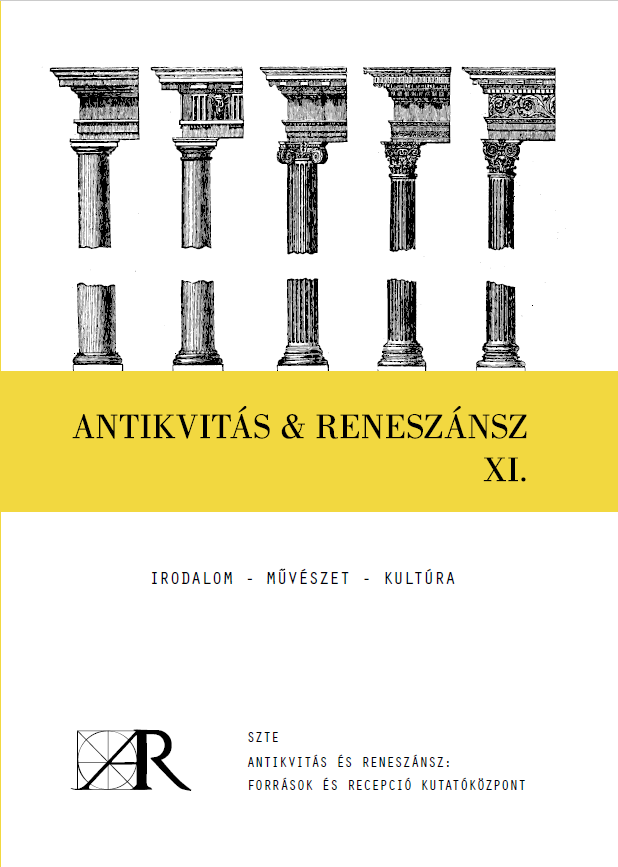The Dynamics of the Text–Image Interactions in a 14th-century Italian Manuscript: The Miniatures of the Codex Italicus 1
Main Article Content
Abstract
The Codex Italicus 1, held at the University Library in Budapest, contains a unique, yet fragmented version of Dante’s Commedia written in an early Northern Italian dialect. The text is enriched by a series of contemporary illustrations by an unknown master, traced back to the Venetian court of Doge Andrea Dandolo around 1345. This paper focuses on the dynamics of the text–image interactions in this codex and compares the illustrations with the text to identify at which points the illustrator followed the actual text, the postillator’s instructions, or traditional medieval iconography. I am proposing a new hypothesis of the codex’s origins, assuming a connection between Codex Italicus 1 and the Angevin court in Hungary. Furthermore, I argue that the master of our codex is identical to the illustrator of a contemporary manuscript preserved in Padua (Bartolomeo di San Concordio, Summa de Casibus conscientiae, Ms. 618 of the University Library of Padua).
